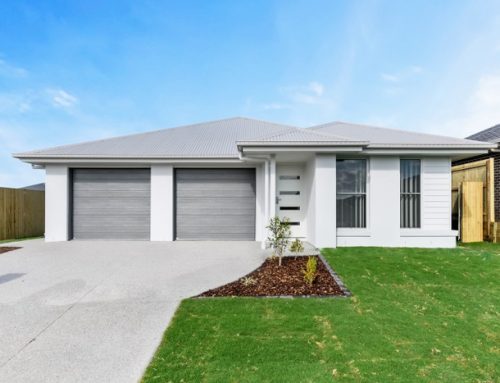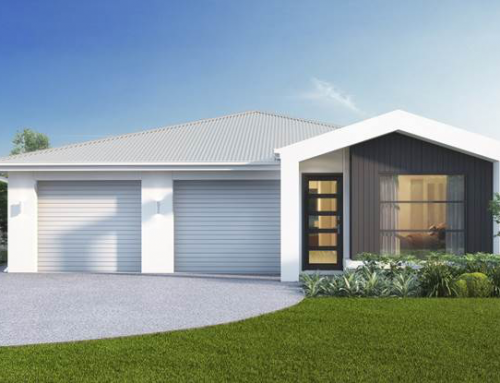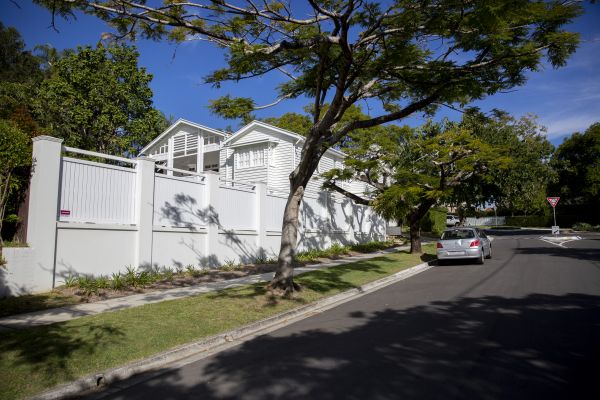
Brisbane is set for the biggest rise in house prices of any capital city over the next three years, with a 20 per cent jump likely, a new forecast predicts.
Sydney and Melbourne prices are set to bottom out and rise at a more modest pace, holding below their recent peaks over the same period, the BIS Oxford Economics Residential Property Prospects 2019 to 2022 report suggests.
Sentiment in the weakened housing market has been picking up after the May election, two successive interest rate cuts and the bank regulator’s move to allow home buyers who can get finance to borrow more money.
But the research warned any meaningful recovery is some time away amid a high level of new homes being built and continued scrutiny from banks before granting loans.
“A lot of the downturn in prices has been more conservative lending policies by the banks,” BIS Oxford Economics associate director, residential property, Angie Zigomanis told Domain.
“Despite lower interest rates, people won’t be able to borrow as much as they were able to three years ago.
“From an affordability perspective and a borrowing perspective, people can’t pay the same prices.”
Forecast median house price growth 2019 to 2022, Australian capital cities
| % Growth 2019 to 2022 | % Change – previous peak to 2022 forecast | |
| Sydney | 6 | -13 |
| Melbourne | 7 | -10 |
| Brisbane | 20 | 17 |
| Adelaide | 11 | 11 |
| Perth | 7 | -10 |
| Hobart | 4 | 4 |
| Darwin | 7 | -14 |
| Canberra | 10 | 9 |
Source: BIS Oxford Economics
The downturn hit Sydney and Melbourne the hardest, with the median house price falling 18 per cent and 15 per cent respectively from the peak, BIS estimates.
But Brisbane, which has escaped much of the recent boom and bust of the southern capitals, looks relatively affordable.
The Queensland capital’s median house price is expected to rise 20 per cent over the next three years, with unit prices to lift 14 per cent, according to BIS.
As the state’s economy picks up, potential buyers will be able to take advantage of lower interest rates, which combined with jobs growth will boost their capacity to pay, Mr Zigomanis said.
Although a wave of new apartments has been built in the city in recent years, he said the excess supply was likely past its worst point.
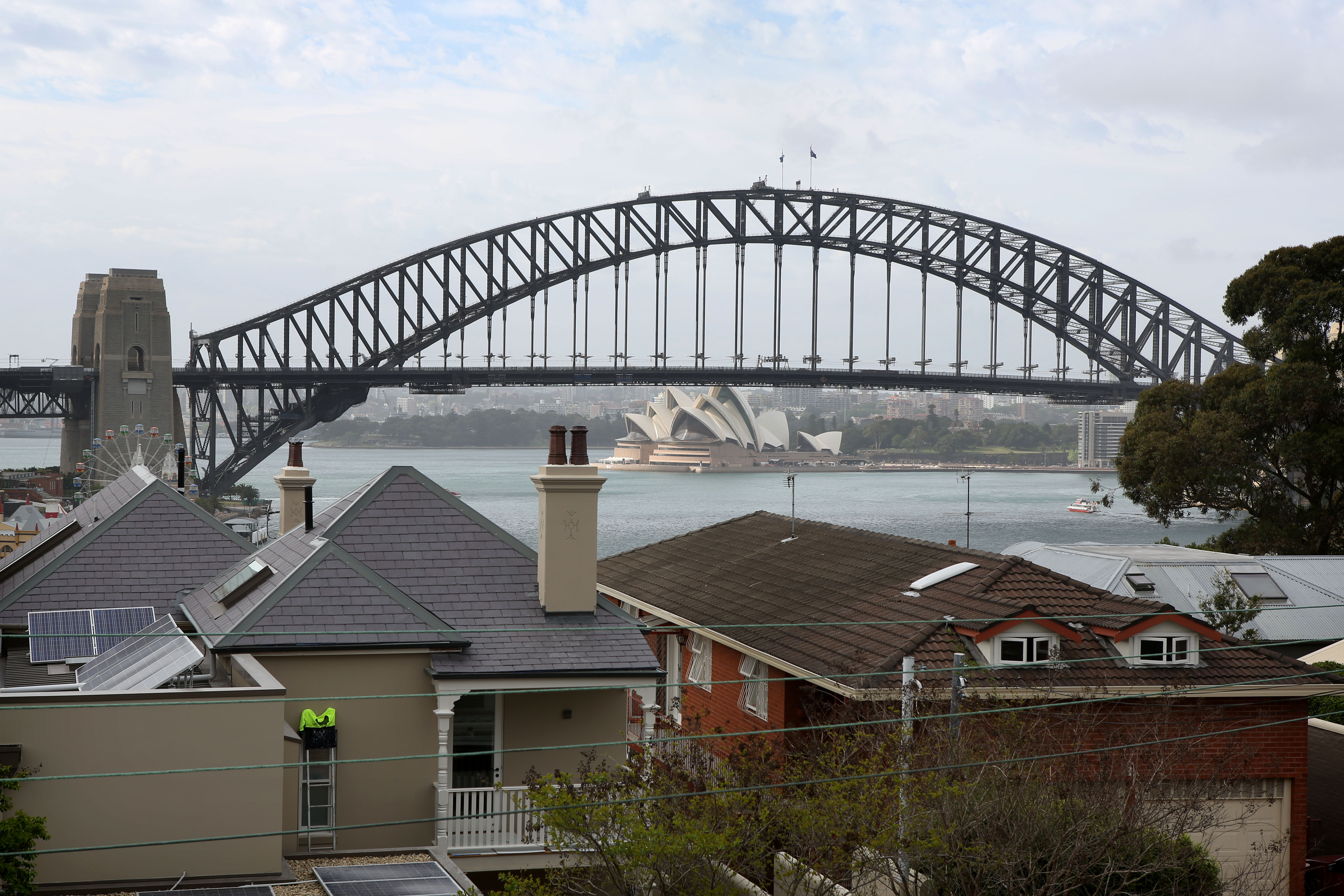
Sydney is tipped to have more modest growth of 6 per cent in house prices and only 1 per cent for units over the next three years.
A strong supply pipeline will put pressure on prices, while tighter credit for investor loans is set to affect demand in the investor-heavy city, the research found.
Melbourne house prices are forecast to rise by 7 per cent over the next three years, with units up 4 per cent.
The amount of new dwelling completions is set to fall from 2020-21 onwards while the Victorian capital’s population keeps growing.
“In Sydney and Melbourne it’s really going to be a demand and supply story,” Mr Zigomanis said.
“Completions start falling over the next couple of years … we also expect the economy to start showing a few more positive signs at that stage.”
In resources-affected Perth, by contrast, conditions are seen as unlikely to improve in the medium term.
But price growth could pick up towards the end of the three-year outlook, with houses in the WA capital set to lift by 7 per cent by June 2022 and units to increase by 8 per cent.
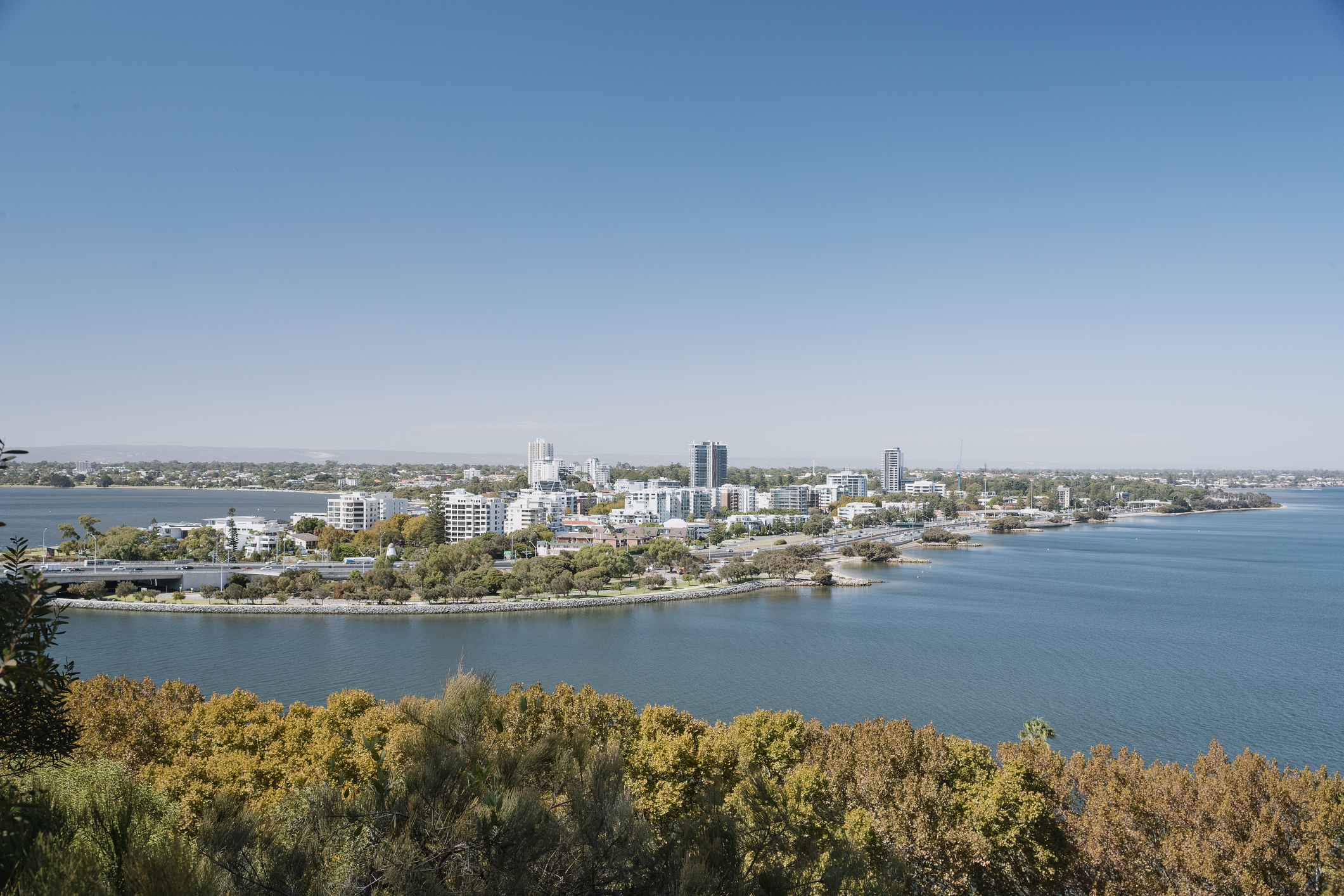
Canberra house and unit prices are tipped to forecast 10 per cent each, with the first-home buyer stamp duty exemptions to help demand.
Around the country, Mr Zigomanis said housing looked relatively affordable after recent price falls.
Mortgage repayments for a median-priced home as a percentage of income are back to 2013 levels for Sydney and Melbourne, and back to early 2000s levels for most other cities, he said.
But saving a deposit is still a challenge, he said, despite some assistance from first-home buyer stamp duty concessions in some states and the prospect of a federal government guarantee for buyers with low deposits.
The research follows forecasts from Domain economist Trent Wiltshire, who expects Sydney prices to rise 2 per cent by the end of the year, and 3 to 5 per cent next year, with Melbourne to add 1 per cent by the end of 2019 and another 1 to 3 per cent in 2020.
Source: Domain Media by Elizabeth Redman 15/07/2019
Click here to see article



